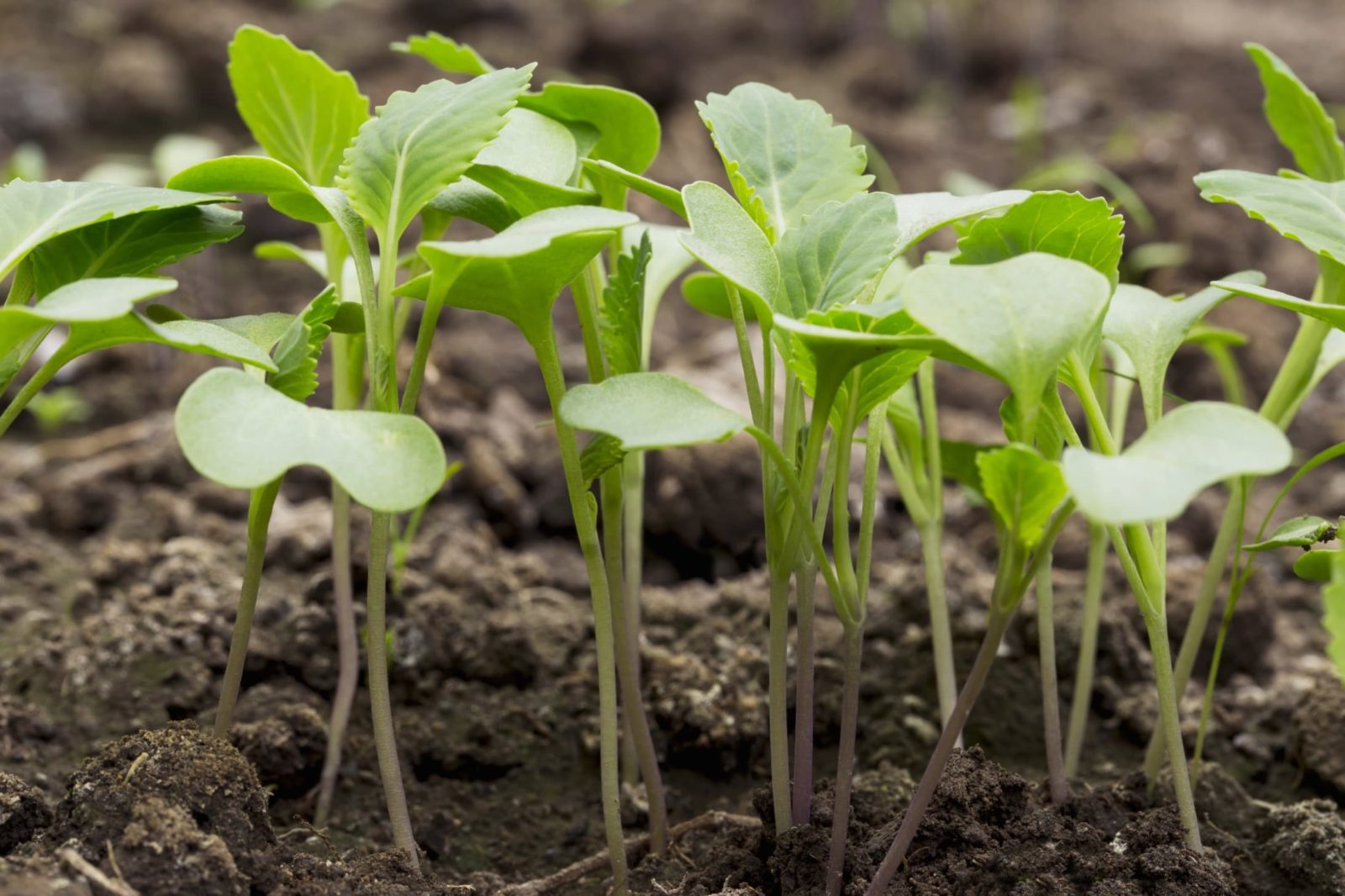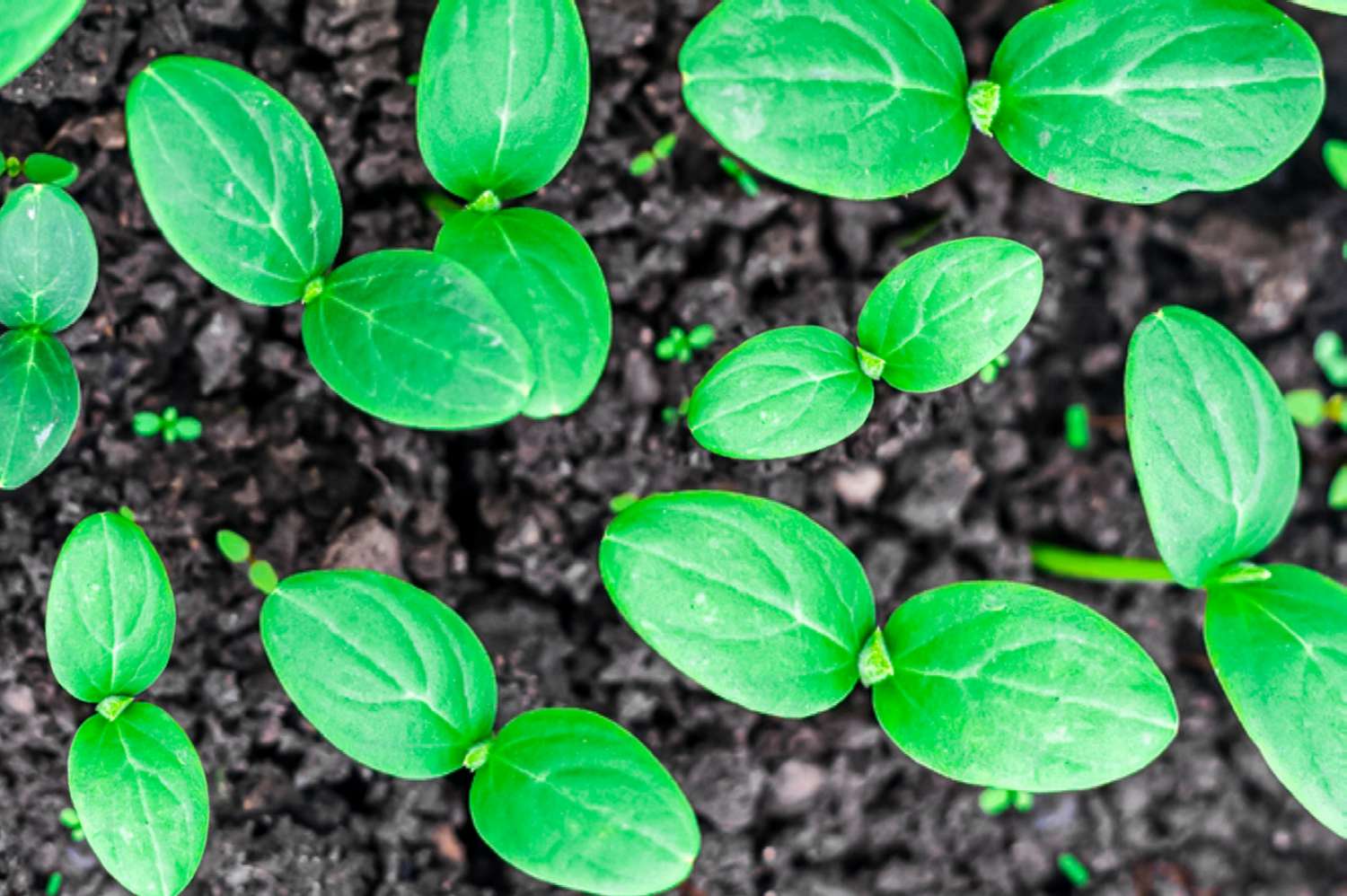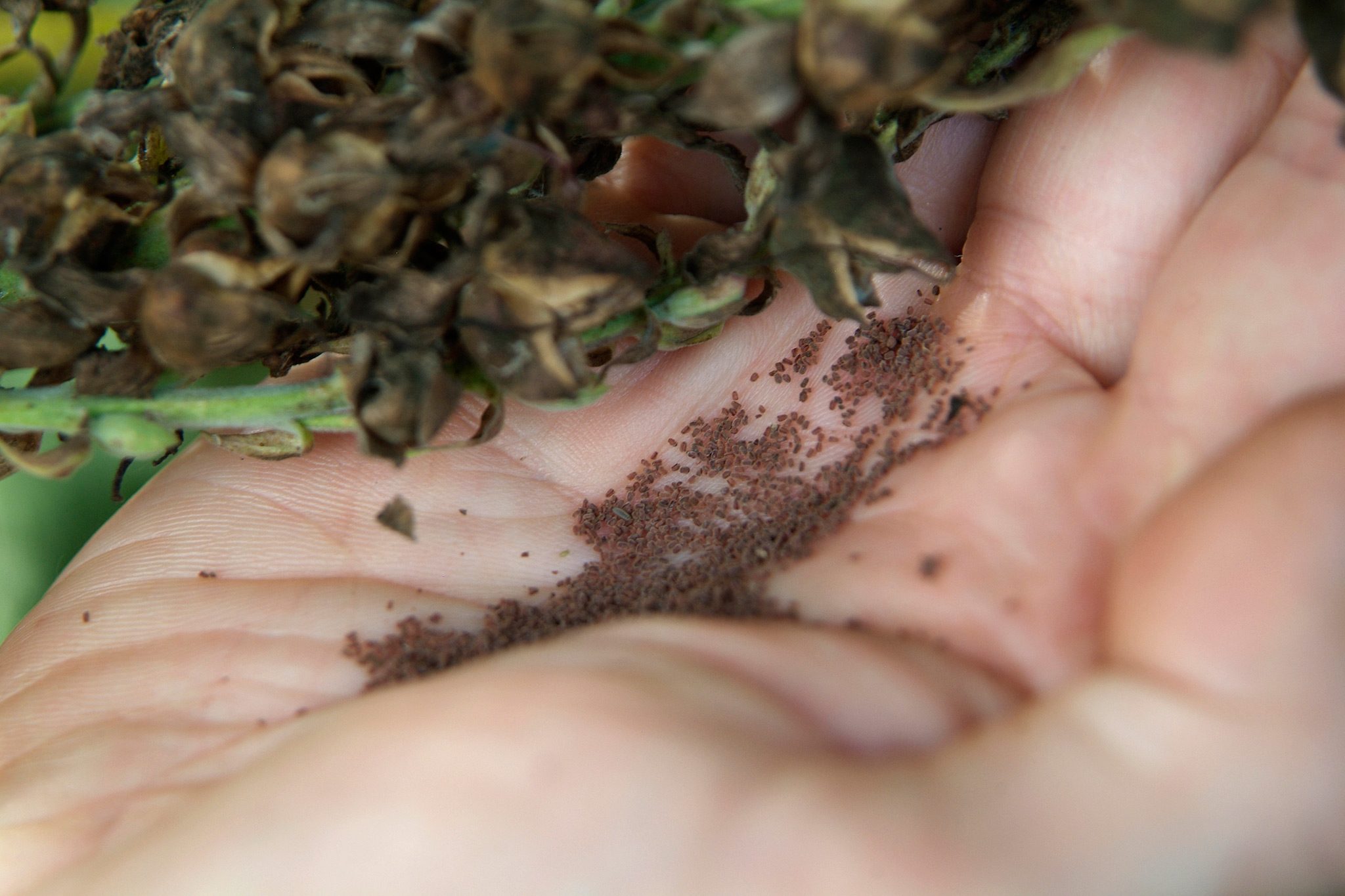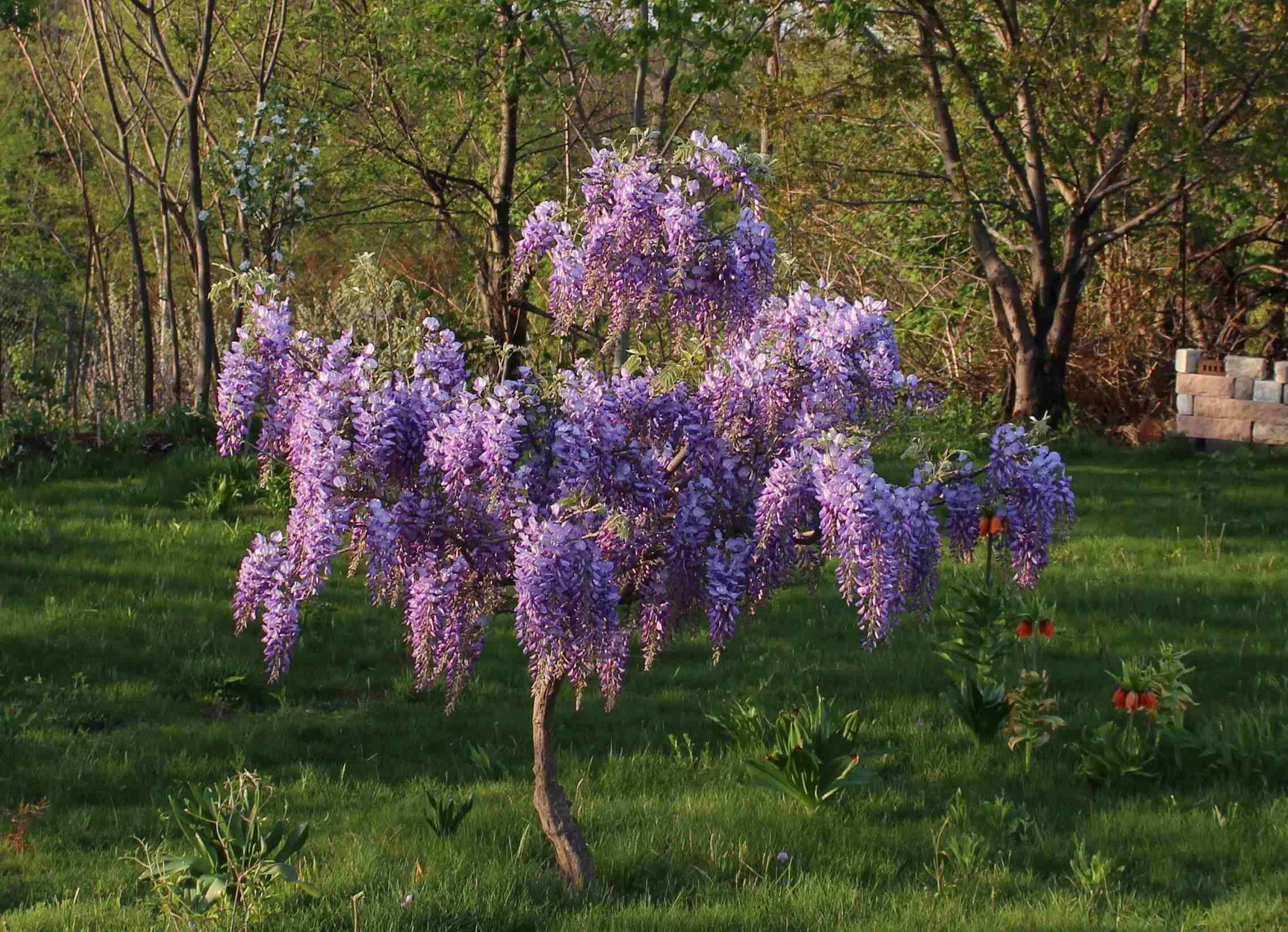Home>Types of Gardening>Ornamental Gardening>How Deep To Plant Marijuana Seeds


Ornamental Gardening
How Deep To Plant Marijuana Seeds
Modified: January 22, 2024
Learn the proper depth for planting marijuana seeds in your ornamental garden. Maximize growth and yield with these helpful tips.
(Many of the links in this article redirect to a specific reviewed product. Your purchase of these products through affiliate links helps to generate commission for Chicagolandgardening.com, at no extra cost. Learn more)
Table of Contents
Introduction
Welcome to the world of ornamental gardening, a captivating and fulfilling hobby that allows you to create breathtaking displays of natural beauty right in your own backyard. Whether you are an experienced gardener or just starting out, ornamental gardening offers a wide array of options to choose from. From vibrant and colorful flowers to well-manicured hedges, there is no shortage of possibilities to explore.
Creating a stunning ornamental garden requires careful planning and attention to detail. One crucial aspect of this process is knowing how deep to plant your flowers, shrubs, or trees. The depth at which you plant your ornamental plants can greatly impact their growth and overall health. By understanding the factors involved and considering the recommendations, you can ensure thriving and vibrant plants that will be the envy of the neighborhood.
Factors such as soil type, plant species, and climate conditions should be taken into account when determining the appropriate planting depth. While some plants prefer shallow planting, others may thrive when planted deeper. In this article, we will explore the factors to consider when deciding how deep to plant your ornamental plants and provide recommendations for different scenarios.
Whether you are a seasoned gardener or a beginner, this guide will equip you with the knowledge and understanding needed to make informed decisions about planting depths in your ornamental garden. So let’s delve into the world of plant depth and create a stunning garden that will bloom with vibrancy and grace.
Factors to Consider
When determining the appropriate depth to plant your ornamental plants, there are several important factors to consider. These factors will help ensure that your plants have the best chance of thriving and growing to their full potential. Let’s explore these factors in more detail:
- Plant Species: Each plant species has its own unique requirements for planting depth. Some plants, like bulbs or shallow-rooted annuals, prefer to be planted closer to the surface. On the other hand, woody perennials or trees may require deeper planting to establish strong root systems. Researching the specific needs of each plant species will guide you in determining the ideal planting depth for them.
- Soil Type: The type and quality of soil in your garden play a significant role in determining planting depth. Different soil types retain water and nutrients differently, which can impact the overall health and growth of your plants. For example, sandy soils tend to drain quickly, requiring deeper planting to reach moisture, while clay soils may hold water and can suffocate roots if planted too deeply. Understanding your soil composition and performing a soil test can help you determine the best planting depth for your ornamental plants.
- Climate Conditions: The climate of your region also influences planting depth. In areas with colder climates and harsh winters, planting deeper can help protect the roots from frost damage. Conversely, in warmer climates, shallow planting may be preferable to allow the roots to stay cooler and avoid heat stress. Consider the average temperature ranges and weather patterns in your area when deciding on the planting depth for your ornamental plants.
- Watering and Drainage: Adequate watering and proper drainage are crucial for the overall health of your ornamental plants. If you have a well-draining soil, shallow planting may be sufficient as excess water will quickly drain away. However, if your soil retains water, deeper planting can ensure the roots have access to the necessary nutrients without becoming waterlogged. Understanding the watering needs and drainage capabilities of your plants and soil will help determine the optimal planting depth.
- Mature Plant Size: Consider the mature size of the plant when deciding on planting depth. Plants that have a larger root system or reach significant heights may require deeper planting to provide stability and support. Planning for the future growth of your ornamental plants ensures healthier and more resilient gardens.
By taking these factors into consideration, you can make informed decisions regarding the planting depth of your ornamental plants. Remember, every garden is unique, so it’s important to evaluate these factors in the context of your specific gardening environment.
Seed Depth Recommendations
Planting seeds at the appropriate depth is crucial for their successful germination and growth. The specific seed variety and the growing conditions play a significant role in determining the ideal planting depth. Here are some general seed depth recommendations to consider when sowing seeds in your ornamental garden:
- Shallow Planting: Some seeds prefer to be planted closer to the soil surface. These include small-sized seeds, fine-textured seeds, and those that require exposure to light for germination. Generally, these seeds are planted at a depth of 1/4 to 1/2 inch (0.6 to 1.3 cm). Examples of shallow-planted seeds include petunias, impatiens, and snapdragons.
- Medium Planting: Many seeds fall into the medium planting category and are sown at a depth of 1/2 to 1 inch (1.3 to 2.5 cm). These seeds are typically of average size and require a moderate amount of soil coverage for successful germination. Common examples of seeds that fall into this category include marigolds, zinnias, and sunflowers.
- Deep Planting: Certain seeds thrive when planted at a deeper depth in the soil. This is often the case for larger seeds or those that require cooler temperatures to break dormancy. Typically, deep-planted seeds are sown at a depth of 1 to 2 inches (2.5 to 5 cm). Examples of seeds that benefit from deeper planting include beans, squash, and melons.
It is important to note that these recommendations are generalized and may vary depending on the specific requirements of the seed variety and your local growing conditions. Always refer to the seed packet instructions for accurate planting depth information.
When planting seeds, it’s also essential to ensure proper soil moisture. Consistently moist soil is essential for successful germination, so water lightly after sowing the seeds. Additionally, consider the spacing recommendations for each seed variety to provide sufficient room for growth and proper development.
By following the recommended seed depth guidelines and providing optimal growing conditions, you can increase the chances of successful germination and strong seedling establishment in your beautiful ornamental garden.
Shallow Planting Techniques
Shallow planting refers to the technique of placing seeds or young plants closer to the soil surface. This approach is particularly suitable for ornamental plants that require exposure to light for proper germination and growth. Here are some shallow planting techniques to consider for your ornamental garden:
- Preparing the Soil: Before sowing seeds or transplanting seedlings, prepare the soil by removing any debris and loosening it with a garden fork or tiller. Rake the soil surface to create a smooth and fine-textured bed for your plants.
- Sowing the Seeds: For small-sized seeds, such as petunias or impatiens, gently scatter the seeds over the prepared soil surface. Lightly press the seeds into the soil or cover them with a thin layer of vermiculite or finely screened compost. Avoid burying the seeds too deeply, as they require exposure to light for germination.
- Watering: After sowing the seeds, water the area gently to ensure the soil is evenly moist but not waterlogged. Use a misting nozzle or a watering can with fine holes to avoid dislodging the seeds or causing them to wash away.
- Providing Sufficient Light: Ornamental plants that require shallow planting usually need ample sunlight to thrive. Place them in an area that receives at least 6-8 hours of direct sunlight per day. If planting in containers, choose a location where the plants can receive sufficient natural light or supplement with grow lights if needed.
- Maintaining Moisture: Shallow-planted seeds and young plants have a higher risk of drying out, so it’s essential to monitor soil moisture levels. Water regularly, keeping the soil consistently moist but not waterlogged. Mulching the surface with organic matter can help retain moisture and regulate soil temperature.
- Thinning Seedlings: Once the seedlings have emerged, thin them out if they are too densely packed. This will allow adequate airflow and prevent overcrowding, which can lead to disease and stunted growth. Follow the spacing recommendations provided on the seed packet or plant label.
Shallow planting techniques are suitable for many popular ornamental plants, including annual flowers and small perennials. By employing these techniques, you can successfully cultivate a vibrant and beautiful garden that showcases the natural beauty of these plants.
Deep Planting Techniques
Deep planting is a technique used for ornamental plants that benefit from being planted at a greater depth in the soil. This method allows for stronger root development and increased stability for larger plants. Here are some deep planting techniques to consider for your ornamental garden:
- Preparing the Planting Hole: Dig a planting hole that is wider and deeper than the root ball of the plant. This provides ample space for the roots to spread out and establish themselves. Remove any rocks or debris from the hole to create a smooth planting surface.
- Amending the Soil: Mix some organic matter, such as compost or well-rotted manure, into the soil that will be used to backfill the hole. This helps improve the soil structure, retain moisture, and provide essential nutrients for the plant’s growth.
- Planting Deep: Gently place the plant in the hole, ensuring that the top of the root ball is level with or slightly above the surrounding soil surface. Backfill the hole with the amended soil, firming it gently around the roots to eliminate any air pockets. Avoid compacting the soil too heavily, as this can hinder root growth.
- Watering: After planting, thoroughly water the newly planted ornamental to ensure good soil-to-root contact and proper hydration. This helps settle the soil around the roots and provides the plant with the moisture it needs to establish itself. Monitor the moisture levels and water regularly as needed.
- Mulching: Apply a layer of organic mulch around the base of the plant, leaving a small gap around the stem to prevent moisture buildup. Mulching helps conserve moisture, regulate soil temperature, suppress weed growth, and improve overall soil health.
- Providing Support: For larger plants, consider staking or providing support until the roots have had a chance to establish themselves. This helps prevent the plant from toppling over while its root system continues to develop. Use soft ties or plant ties to secure the plant to the support structure.
Deep planting techniques are commonly used for trees, shrubs, and larger perennial plants. These techniques promote better root anchoring, increased access to nutrients and moisture, and overall plant stability. By employing these deep planting techniques, you can ensure that your ornamental plants have a solid foundation for healthy and vigorous growth.
Conclusion
In conclusion, understanding the appropriate planting depth is key to the success of your ornamental gardening endeavors. Factors such as plant species, soil type, climate conditions, watering, and the mature size of the plant all play a vital role in determining the ideal planting depth. By considering these factors and following the seed depth recommendations, you can ensure that your ornamental plants have the best chance to thrive and flourish.
Shallow planting techniques are suitable for small seeds and plants that require exposure to light for germination. By following these techniques, you can provide the optimal growing conditions for these ornamental treasures. On the other hand, deep planting techniques are beneficial for larger seeds or plants that require deeper root systems for stability and access to nutrients.
Remember to always refer to specific seed packet instructions or plant labels for accurate planting depth information, as different plant species have their own preferences and requirements. Additionally, maintaining proper soil moisture, providing adequate light, and practicing good care and maintenance will further contribute to the health and beauty of your ornamental garden.
With a combination of knowledge, creativity, and hands-on experience, you can create a stunning ornamental garden that showcases the natural beauty of plants. Whether you’re a seasoned gardener or just starting out, the journey of ornamental gardening is one that brings joy, satisfaction, and a connection to the wonders of nature.






